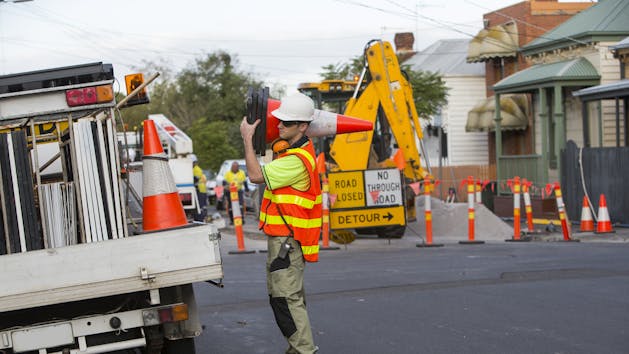Dive deeper into the current government fleet landscape and learn how other organizations are facing their top challenges with our new ebook “6 Ways Telematics Is Helping Government Fleets.
Navigating the Government Fleet Landscape
Government and public sector fleets face countless operational and managerial challenges, such as consolidation of fleet functions, deferring of capital expenditures via vehicle replacement postponement, downsizing, privatization/outsourcing, competitive bidding with the private sector, staffing shortages and pressures to go green.1
And more recently, mandates around technology (ELDs) and compliance (IFTA, HOS) have put even more pressure on government fleets. Considering just how varied a public sector fleet can be, the ability to cut costs, streamline operations and improve performance is vital. Think about this: “The U.S. government operates the largest civilian fleet in the world with more than 640,000 vehicles as reported in the most recent Federal Fleet Report (2015). The largest single agency fleet is the U.S. Postal Service (USPS) with well over 200,000 vehicles. Other civilian agencies operate around 250,000 vehicles, and the military has around 177,000.”2
Given how many vehicles are on the road and the technological advancements that have developed in the last few years, the time is now for government fleets to embrace telematics solutions to automate, digitize and analyze fleet management functions.
How telematics can help
Government fleets are up against some unique challenges, but here are a few factors having the greatest effect on vehicles, drivers and organizations today with which telematics solutions can help:
- Maintenance
- Costs
- Customer Service
- Utilization
- Safety
- Compliance
Let’s take a closer look at these major factors.
Maintenance: A well-maintained vehicle better enables safe operation, but staying on top of the service and performance assessments required for every car, truck or SUV can be daunting. Telematics can help drivers and fleet managers streamline maintenance, control costs and keep vehicles in safer overall operating condition.
Costs: Government fleet managers are often challenged with striking a balance between staying on budget and providing affordable services to internal customers or departments. Telematics can help managers address specific areas of cost containment to lower operational expenditures.
Customer service: Modern customers are tech-savvy with high standards for service, which raises the stakes for government fleets, whose “customers” are also citizens, legislators and other government organizations. Telematics solutions help fleets improve billing, streamline workflows and improve routing, all to provide a higher level of service and accountability.
Utilization: Accurate measurement and effective management of vehicle utilization is key to demonstrating public dollars are being well spent. Telematics data enables fleet managers to view vehicle use data at the individual level across a broad range of metrics over varying times and locations.
Safety: Government fleets can be under particular scrutiny by the public when it comes to safe use of vehicles and equipment. Telematics solutions provide detailed usage and health data of its vehicles to help fleet managers understand where issues exist in achieving accident prevention measures and safety standards.
Compliance: While compliance regulations for fleets can vary from state to state, there are a handful of countrywide compliance regulations – IFTA, HOS, ELDs – telematics technology can help government and public sector fleets address.
Telematics checklist for government fleets
According to energy.gov, telematics and fleet management applications should encompass the following categories:3
- Vehicle utilization (e.g. mileage, engine hours, fuel consumption)
- Driver behavior (e.g. speed driven, idling, harsh braking)
- Collision tracking (e.g. seatbelt unfastened, airbag deployment)
- Maintenance tracking (e.g. diagnostic trouble codes)
- Vehicle identification (e.g. make, model, class ID)
- Fleet identification (e.g. organization ID, assigned location, # unique drivers)
- Trip-level data (e.g. distance, mileage, start/end times)
Learn more about these six factors and dive deeper into the current government fleet landscape with our new ebook “6 Ways Telematics Is Helping Government Fleets.”
Sources
1https://www.government-fleet.com/145230/20-challenges-facing-public-sector-fleets-in-2005
2https://www.government-fleet.com/301786/federal-vs-state-local-fleets
Find out how our platform gives you the visibility you need to get more done.




